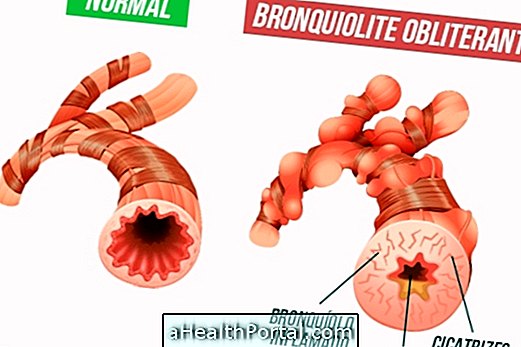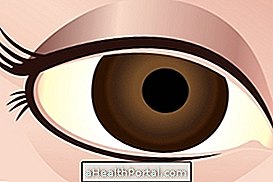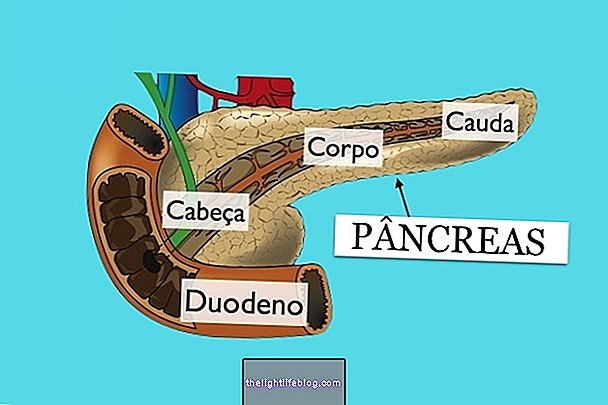The treatment for strabismus in the baby should be started shortly after diagnosis of the problem by placing an eye patch on the healthy eye, in order to force the brain to use only the eye that is misaligned and develop the muscles on that side.
The eyelashes should be kept during the day and can only be removed at night for the baby to sleep more comfortable. If the earmuff is not always used during the day, the baby's brain can compensate for the visual change by ignoring the image transmitted by the eyestrain and causing amblyopia, which is loss of vision in one eye due to lack of use.
Generally, it is possible to cure strabismus with the use of the eyelid cover until 6 months of age, but when the problem persists after that age, the doctor may recommend having surgery to correct the strength of the eye muscles, synchronize and correct the problem.
Learn more about when surgery is indicated: When to have surgery for strabismus.


Already when strabismus is perceived later in the child, it may be necessary to treat with the use of eye patch and glasses because the vision may already be reduced.
In adulthood, the ophthalmologist may make routine appointments to assess the degree of strabismus to initiate ocular exercise therapy if necessary. However, just like in the baby, surgery can also be an alternative when the problem does not improve.
What can cause strabismus in the baby
Strabismus in babies is a very common problem until 6 months of age, especially in premature babies, because the eye muscles are not yet fully developed, causing them to move in a little synchronized way and focusing on different objects at the same time.
However, strabismus can develop at any age, and its most common symptoms include:
- Eyes that do not move in a synchronized way, seeming to change;
- Difficulty in grasping a nearby object;
- Can not see a nearby object.
In addition to these symptoms, the baby can also tilt the head constantly to the side, especially when you need to focus on an object that is close.






















